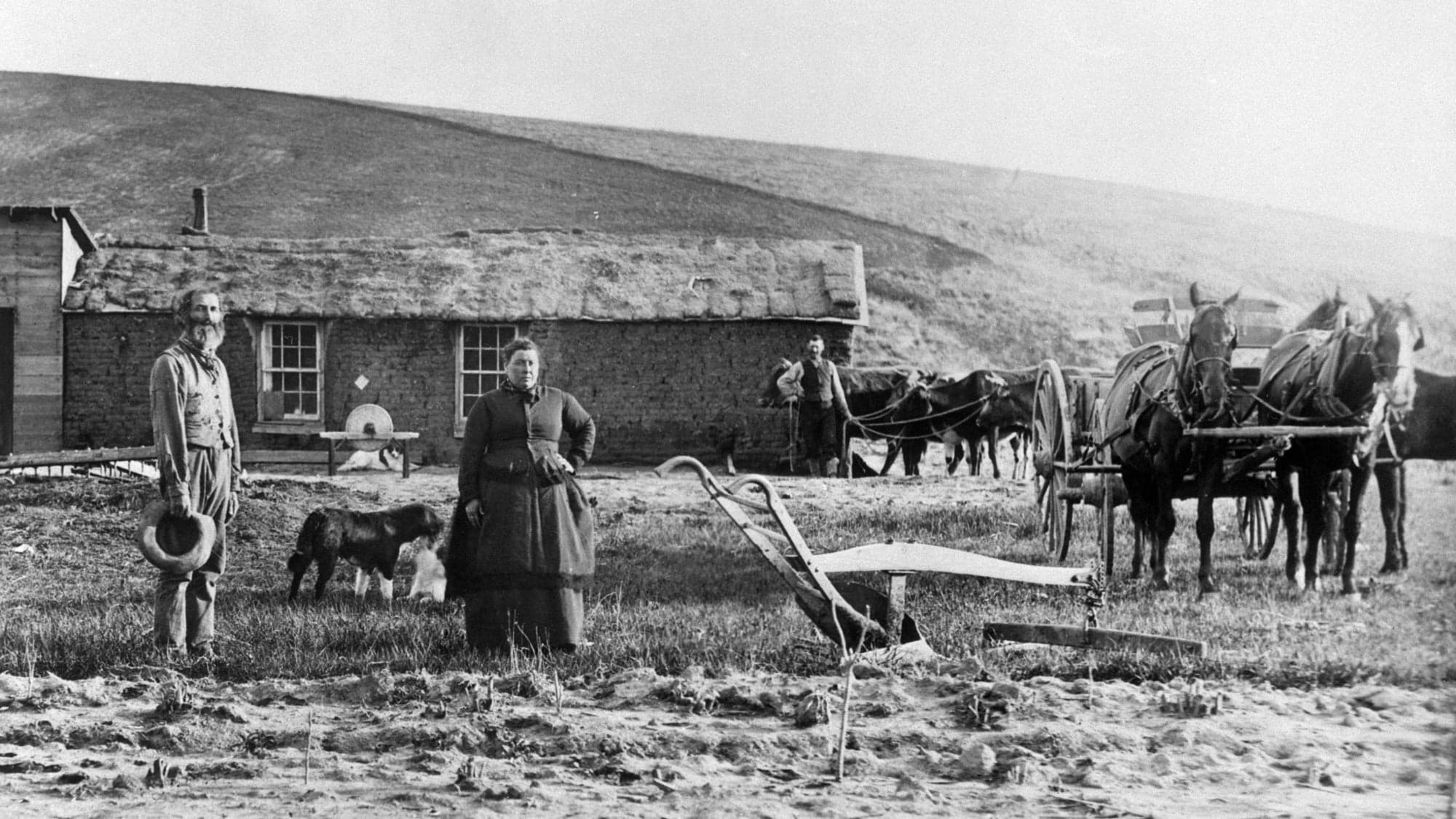
The Homestead Act of 1862 was a game-changer for American settlers. This law allowed any adult citizen, or intended citizen, to claim 160 acres of public land. All they had to do was pay a small fee and improve the land by building a dwelling and cultivating crops. Signed by President Abraham Lincoln, the act aimed to encourage westward expansion and provide opportunities for thousands of families. It played a crucial role in shaping the United States, leading to the establishment of new communities and states. Curious about more details? Here are 20 fascinating facts about the Homestead Act that you might not know!
The Homestead Act: A Game Changer in American History
The Homestead Act of 1862 was a pivotal moment in American history. It aimed to encourage westward expansion by providing settlers with land. Here are some intriguing facts about this landmark legislation.
-
Signed by Abraham Lincoln
President Abraham Lincoln signed the Homestead Act into law on May 20, 1862. This was during the Civil War, showcasing Lincoln's vision for the nation's future. -
160 Acres of Land
The Act offered 160 acres of public land to any adult citizen or intended citizen. This was a significant amount of land for the time, enough to start a farm or ranch. -
Small Fee Required
To claim the land, settlers had to pay a small filing fee of $18. This made land ownership accessible to many who couldn't afford it otherwise. -
Five-Year Requirement
Claimants had to live on the land for five years and make improvements, such as building a home and farming. This ensured that the land was being used productively.
Impact on Population and Economy
The Homestead Act had a profound impact on the population distribution and economic development of the United States.
-
Millions of Acres Distributed
Over 270 million acres of land were distributed under the Homestead Act. This is about 10% of the total land area of the United States. -
1.6 Million Claims
Approximately 1.6 million homestead claims were filed. This led to the establishment of many new towns and communities across the country. -
Boost to Agriculture
The Act significantly boosted American agriculture. Many of today's farms and ranches can trace their origins back to homestead claims. -
Diverse Settlers
The Act attracted a diverse group of settlers, including immigrants from Europe. This contributed to the cultural melting pot that America is known for today.
Challenges and Controversies
Despite its successes, the Homestead Act also faced several challenges and controversies.
-
Fraud and Speculation
Some individuals exploited the Act by filing fraudulent claims or speculating on land. This led to legal battles and reforms in later years. -
Native American Displacement
The Act led to the displacement of many Native American tribes. Their lands were taken and given to settlers, causing long-term repercussions. -
Difficult Living Conditions
Many homesteaders faced harsh living conditions, including extreme weather and isolation. Not all were able to meet the five-year requirement. -
Environmental Impact
The large-scale farming and settlement led to significant environmental changes. This included soil depletion and the loss of native grasslands.
Legacy of the Homestead Act
The legacy of the Homestead Act is still evident today in various aspects of American life and policy.
-
National Parks
Some lands that were not claimed under the Act eventually became national parks. This preserved natural beauty for future generations. -
Modern Land Policies
The principles of the Homestead Act influenced modern land policies. Programs like the Homestead National Monument of America commemorate its impact. -
Cultural References
The Act has been referenced in literature, movies, and television. It remains a symbol of the American pioneering spirit. -
Educational Programs
Many schools and educational programs teach about the Homestead Act. It is an important part of American history curriculum.
Interesting Tidbits
Here are some lesser-known facts that add more color to the story of the Homestead Act.
-
First Claim
The first claim under the Homestead Act was made by Daniel Freeman on January 1, 1863, in Nebraska. His claim is now a historical site. -
Women and Minorities
Women, African Americans, and immigrants were eligible to file claims. This was progressive for the time and provided opportunities for many marginalized groups. -
Homestead Act Repeal
The Homestead Act was officially repealed in 1976, except in Alaska where it continued until 1986. This marked the end of an era in American land policy. -
Homestead National Monument
The Homestead National Monument of America in Nebraska commemorates the Act. It offers exhibits and programs about homesteading history.
The Lasting Impact of the Homestead Act
The Homestead Act of 1862 changed America forever. It opened up millions of acres, giving ordinary people a shot at owning land. This law helped shape the American Dream, making land ownership possible for many. It also spurred westward expansion, leading to the development of new towns and cities.
However, the Act had its downsides. Native American lands were taken, leading to conflicts and displacement. Despite this, the Act remains a significant part of U.S. history. It showed the power of government policy in shaping a nation.
Understanding the Homestead Act helps us appreciate the complexities of American history. It’s a reminder of both the opportunities and challenges faced by those who built the country. The legacy of the Homestead Act lives on, influencing land policies and the American spirit of perseverance.
Was this page helpful?
Our commitment to delivering trustworthy and engaging content is at the heart of what we do. Each fact on our site is contributed by real users like you, bringing a wealth of diverse insights and information. To ensure the highest standards of accuracy and reliability, our dedicated editors meticulously review each submission. This process guarantees that the facts we share are not only fascinating but also credible. Trust in our commitment to quality and authenticity as you explore and learn with us.


